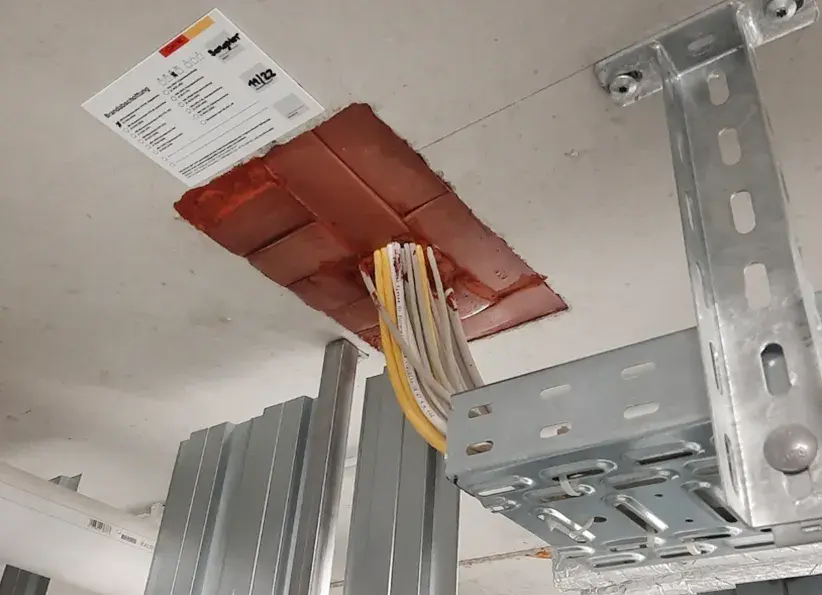A fire bulkheads (also called a fire barrier, fire protection barrier) is a fire-resistant barrier. It is used to limit the spread of fire, smoke gases and heat transfer within a building. It also gives the building greater stability in the event of a fire. Fire barriers must protect people and animals, and escape and rescue routes must be usable for rescue measures for a longer period of time.
Range of application of fire bulkheads
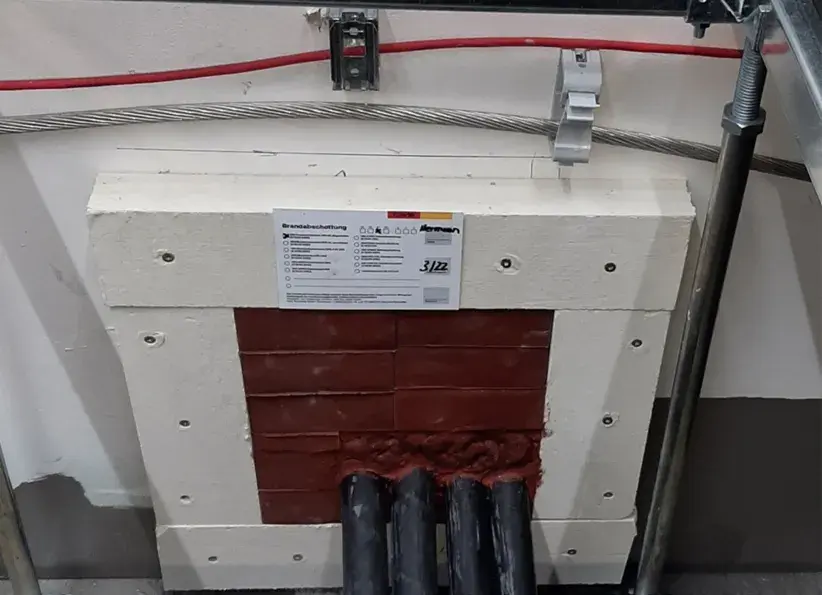
Fire barriers are installed in commercial properties, public buildings and apartment buildings. Fire barriers separate individual fire compartments or prevent the spread of fire, smoke gases and heat transfer through shafts, ducts and ventilation systems as well as through stairwells and corridors in multi-storey buildings.
Three types of fire bulkheads
1. Permanently installed fire bulkheads
These are usually made of fire-resistant materials such as concrete, rock wool silicate board material or special fire protection material and are installed as fixed barriers between the different fire compartments. For example, to protect ventilation ducts or cable routes.
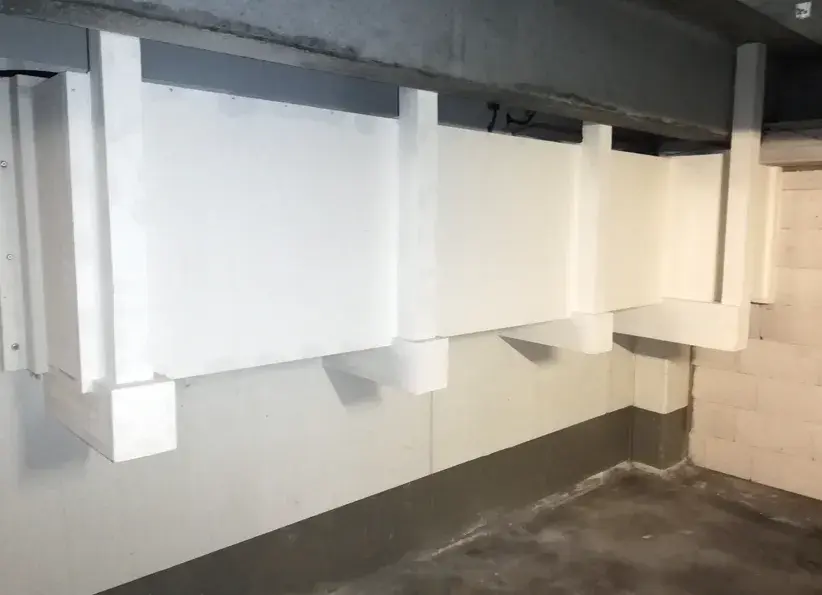
2. Flexible fire bulkheads
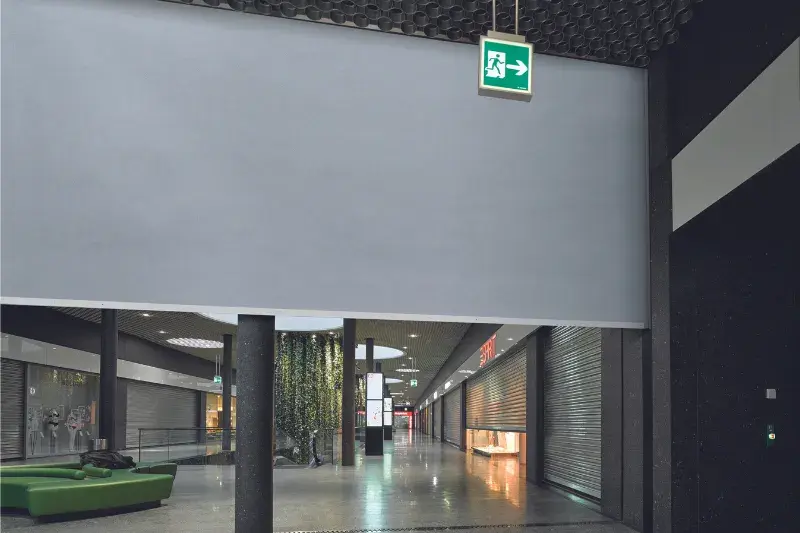
These consist of flexible materials e.g. fire curtains made of glass fibre material with special coatings that swell on contact with fire and form a barrier to prevent the spread of fire and smoke gases.
3. Bulkhead systems
Are specially developed systems consisting of various fire protection elements such as fire protection panels, fire protection bricks or fire protection collars and are installed in fire protection walls, fire protection ceilings and shafts. This is useful when many different types of media are drawn through a fire protection wall.
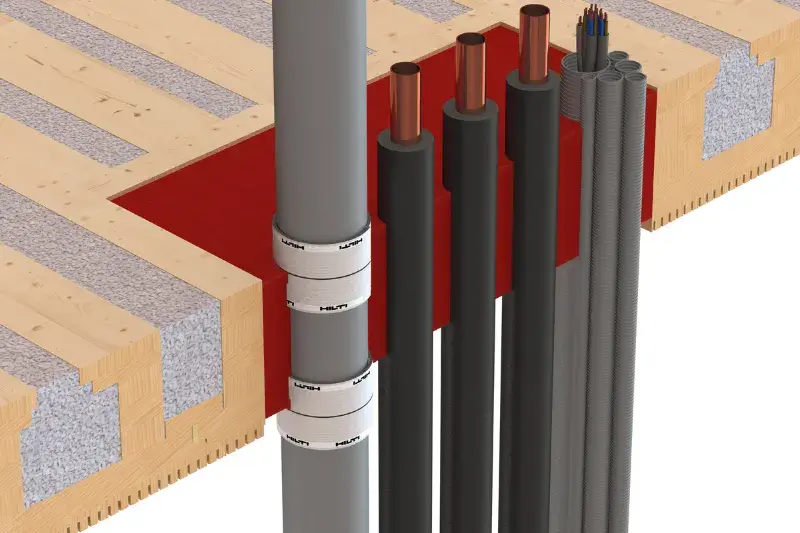
Who can install fire bulkheads?
Fire bulkheads may only be installed by qualified professionals who have continuous trained expertise in manufacturing and the relevant laws and regulations. Fire bulkheads must always be in a condition that complies with regulations. Unfortunately, we see time and again that subsequently installed cables, lines and pipes have "only" been closed up with putty measures through a fire protection wall. This is highly dangerous! Normal putty cannot withstand high temperatures in case of fire. Thus, fire, smoke gases and heat transfer would spread much faster and endanger human lives.
Excursus: How can I recognise a fire compartment?
A fire compartment is limited by a load-bearing fire protection wall or fire protection ceiling. Only approved, professional fire bulkheads may be installed through these. The following characteristics indicate a fire compartment:
Marking of fire bulkheads
Penetrations for lines, cables and pipes through fire protection walls and ceilings (i.e. fire bulkheads) must be specially marked with an appropriate sign or sticker.
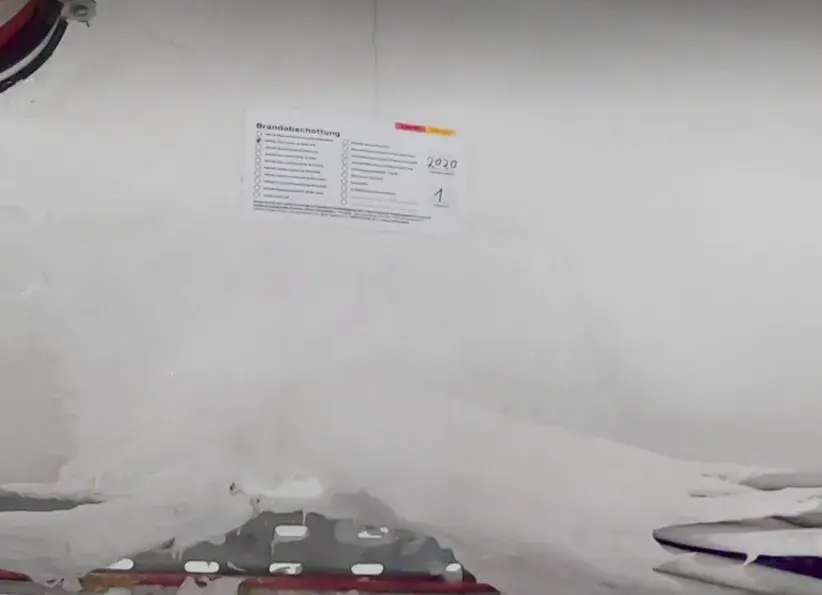
Material
Fire protection walls and ceilings are usually made of fire-resistant materials such as concrete with reinforcements or special fire protection-tested lightweight walls made of fire protection panels. Steel components may also be treated with fire protection coatings or paints to increase their fire resistance.
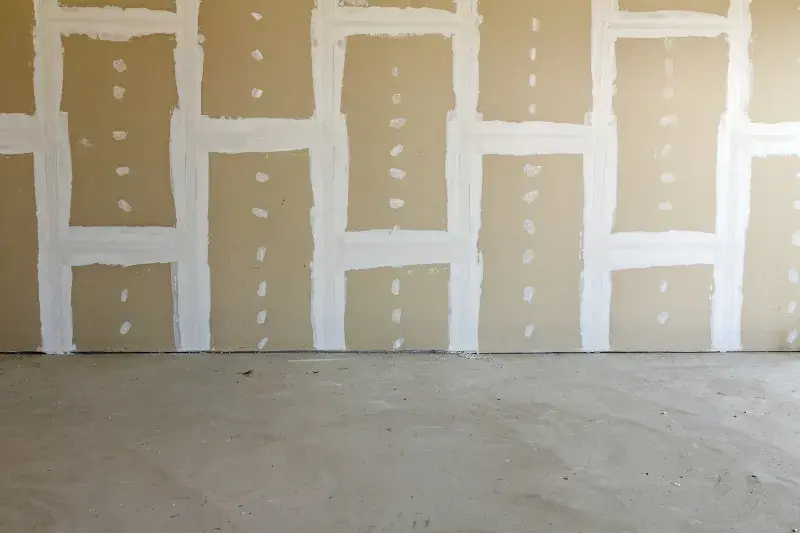
Wall thickness
Fire protection walls and ceilings are often thicker than normal walls or ceilings to ensure a longer fire resistance period.
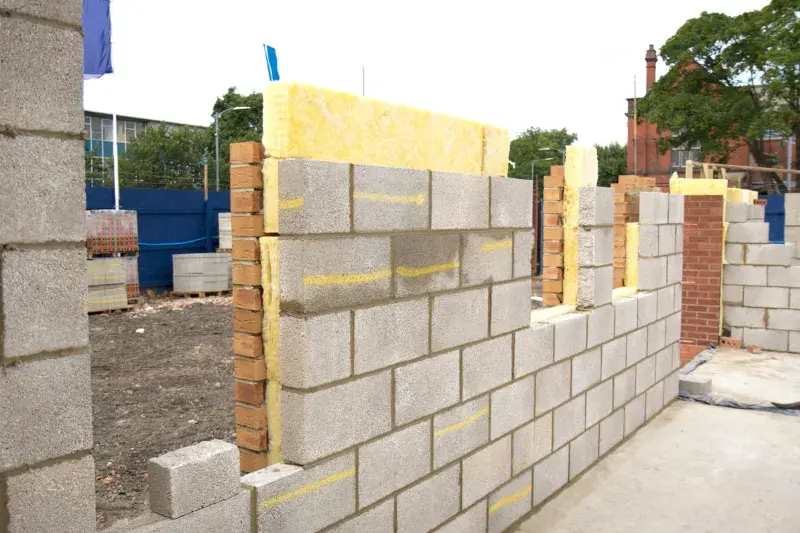
Qualified fire protection experts
If you are unsure, you should contact a qualified fire protection expert. We will be happy to support you. Simply get in touch with us.
Specifications for a fire bulkhead
A fire bulkheads is necessary if the building permit, the fire protection concept or an expert opinion shows that a certain area of a building is particularly at risk and there is an increased danger of the spread of fire, smoke gases and heat transfer. The requirements for fire bulkheads vary depending on the type of building and its use. Further specifications on the components and building materials to be used can be found in the Model Building Code ("Musterbauordnung") as well as in the respective State Building Code ("Landesbauordnung") of the federal state.
Fire resistance of a fire bulkhead
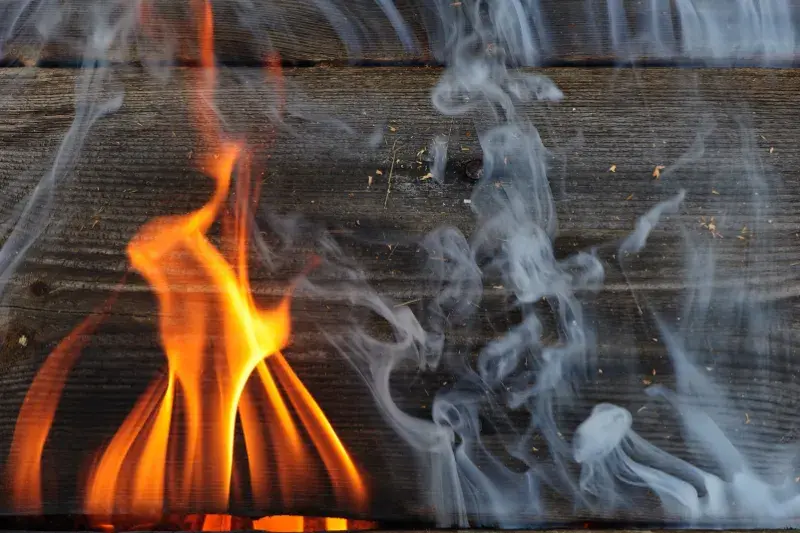
Building components are divided into fire resistance classes, which provide information on how long a building component retains its function in the event of fire. The fire resistance classes are regulated in DIN 4102-2. Fire bulkheads can basically be classified into 5 fire resistance classes (F30, F60, F90, F120, F180). If you would like to learn more about this, we recommend reading the blog article "Fire resistance classes of building components".
If you need a fire bulkhead installation or would like us to advise you, please contact us.
